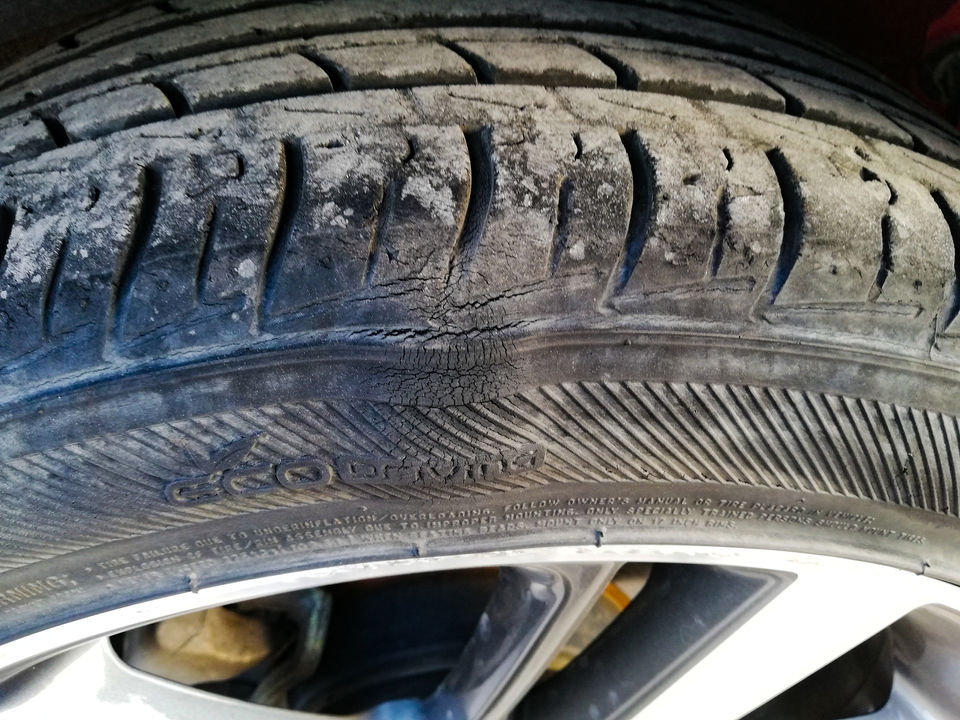
Bulge In Tyre Sidewall - What Causes It? How To Fix It?
Have you ever noticed a strange bulge on the sidewall of your car’s tyre?
It can be concerning to see something like this on your tyres, and you might wonder what causes it.
In this article, we will explore the reasons behind bubbles in tyres, why it can be problematic, and what steps you can take to address the issue.
What Causes A Bulge In A Tyre Sidewall?
Impact Damage
One of the most common causes is hitting a pothole, speed bump, or curb with significant force. This impact can weaken the internal structure of the tyre, leading to a bulge over time.
Manufacturing Defects
Occasionally, a tyre may have a manufacturing defect that weakens a particular section of the sidewall. This defect can result in a bulge or bubble forming as the tyre wears.
Overloading
Carrying excessive weight beyond the tyre’s load capacity can put excessive strain on the sidewall, causing it to bulge.
Underinflation
Maintaining proper tyre pressure is crucial for safety and performance. Underinflated tyres can flex more, leading to sidewall damage and bulges.
Age And Wear
As tyres age and undergo wear and tear, the sidewall’s integrity can be compromised, resulting in bulges.
Why Are Tyre Bulges A Problem?
Those bubbles in your tyres may seem minor at first glance, but they can pose serious risks to your safety.
A bulge weakens the structural integrity of the tyre, making it more susceptible to a sudden blowout. As you drive, the bulge may expand, increasing the chances of catastrophic tyre failure.
Ignoring a bulge can lead to further damage to the tyre, and in the worst-case scenario, it might burst unexpectedly, leading to loss of control over the vehicle and potential accidents.
How To Fix A Tyre Bulge
If you discover even a small bulge in your tyre sidewall, it is important to take immediate action. Here’s what you can do:
- Inspect and assess: Once you notice the bulge, visually inspect the tyre to assess its size and condition. Check for any signs of underinflation or visible damage.
- Seek professional help: Contact a tyre technician or visit a tyre service centre for a thorough inspection. They will determine if the bulge can be repaired or if the tyre needs replacement.
- Replace the tyre: If the bulge is large or the tyre is severely damaged, replacement is often the safest option.
- Repair (if applicable): In some cases, if the bulge is small and the tyre is in good condition, the technician may attempt to repair it by injecting a rubber compound. This can reinforce the weakened area and prevent further growth of the bulge.
Conclusion
Don’t risk letting a bulging tyre sidewall cause problems on your next drive.
Understanding the causes and solutions will not only save you from potential accidents but also help you make informed decisions when it comes to tyre maintenance.

Louis
I'm Louis, an engineer passionate about helping Australians choose better tyres for their vehicles!
